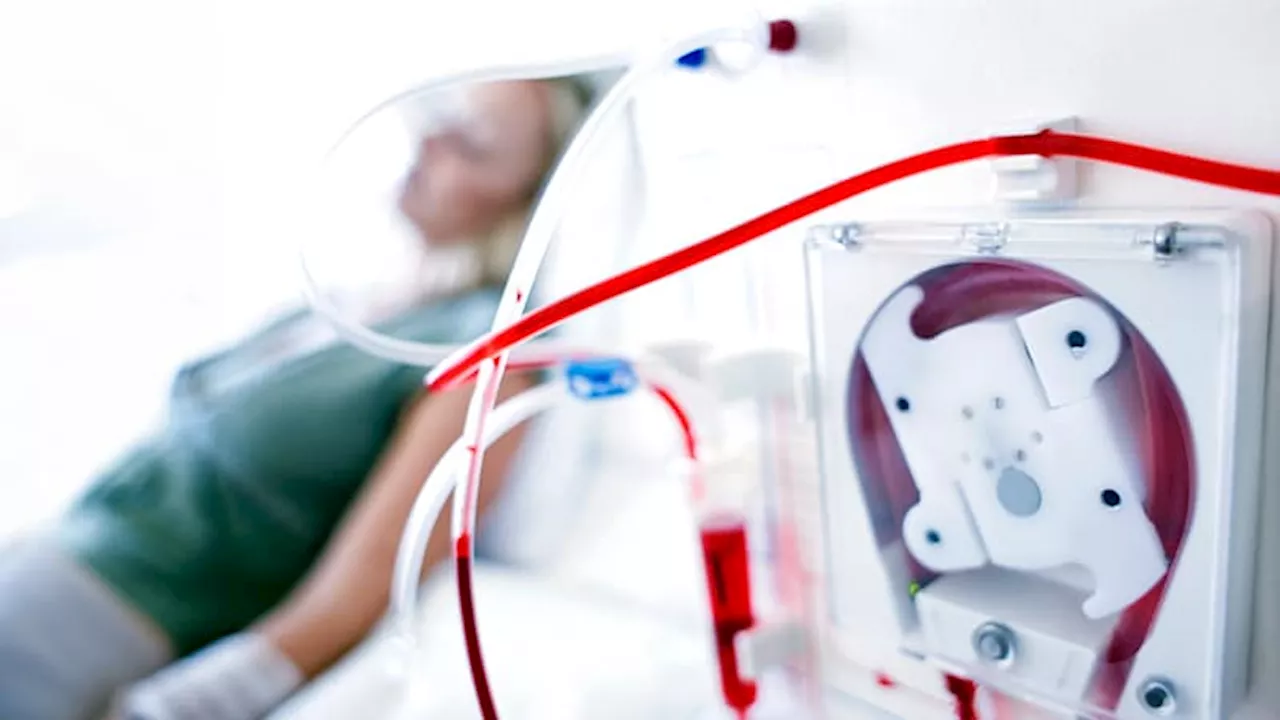I’m the director of Clinical Virology and Vice Chair of Practice in the Department of Laboratory Medicine and Pathology at Mayo Clinic. I’m the past-President of the Pan American Society for Clinical Virology and specialize in the diagnosis of infectious diseases, such as Covid-19 and influenza.
You’ve probably heard it before — “Don’t go out in the cold, you’ll catch pneumonia!” For centuries, we’ve known that certain infections, such as influenza, typically peak during the winter months in temperate climates.
When a person with influenza or Covid-19 coughs or sneezes, the virus spreads within microscopic respiratory droplets. Under ideal conditions — i.e., a relative humidity of 40-50% — those droplets are large enough that they will typically fall to the floor or a surrounding surface within 4 to 6 feet. This is why social distancing efforts can be highly effective in reducing the rate of transmission of respiratory infections. But when the humidity level falls — i.e.
Roche Secures Promising Bowel Disease Therapy—Which Could Help Treat Crohn’s—In $7.1 Billion Telavant Deal Second, there is typically a thin layer of viscous fluid that lines the respiratory tract and serves as a natural, physical barrier for the respiratory epithelium. Think of it like a stream running over a river bed . When the stream is flowing as it should, foreign objects like small branches or pebbles can’t settle on and cause damage to the river bed. Similarly, the layer of viscous fluid lining the epithelial cells helps to prevent infection and damage to those cells.
So as we head into the winter months, consider taking a few steps to reduce the odds of being infected with a respiratory virus. First, keep indoor environments appropriately humidified and well-ventilated. Second, try to get exposure to sunlight each day. Third, wear a mask if indoors in a public setting. And finally, get vaccinated against influenza, RSV , and Covid-19.
United States Latest News, United States Headlines
Similar News:You can also read news stories similar to this one that we have collected from other news sources.
 5 ways to stay objective and clinical when investing in a riskier stock marketJim Cramer on Sunday laid out five risks facing the stock market. Here's how we meet those challenges while keeping our cool.
5 ways to stay objective and clinical when investing in a riskier stock marketJim Cramer on Sunday laid out five risks facing the stock market. Here's how we meet those challenges while keeping our cool.
Read more »
 Daniel S. Lobel Ph.D.Daniel S. Lobel, Ph.D., is a clinical psychologist in private practice in Katonah, NY, as well as an Assistant Clinical Professor at Mount Sinai School of Medicine in the Department of Psychiatry.
Daniel S. Lobel Ph.D.Daniel S. Lobel, Ph.D., is a clinical psychologist in private practice in Katonah, NY, as well as an Assistant Clinical Professor at Mount Sinai School of Medicine in the Department of Psychiatry.
Read more »
 New Calculator Tool Estimates Fracture Risk on DialysisCalculator uses readily available clinical factors and will soon be freely accessible.
New Calculator Tool Estimates Fracture Risk on DialysisCalculator uses readily available clinical factors and will soon be freely accessible.
Read more »
 Geraldine K. Piorkowski Ph.D.Geraldine K. Piorkowski, Ph.D., is a retired clinical psychologist and former Associate Professor of Psychology and Director of the counseling centers at Roosevelt University and the University of Illinois at Chicago.
Geraldine K. Piorkowski Ph.D.Geraldine K. Piorkowski, Ph.D., is a retired clinical psychologist and former Associate Professor of Psychology and Director of the counseling centers at Roosevelt University and the University of Illinois at Chicago.
Read more »
 Michele DeMarco Ph.D., RevMichele DeMarco, Ph.D., Rev, is a professionally trained therapist, clinical ethicist, writer, and researcher, specializing in moral injury and resilience.
Michele DeMarco Ph.D., RevMichele DeMarco, Ph.D., Rev, is a professionally trained therapist, clinical ethicist, writer, and researcher, specializing in moral injury and resilience.
Read more »
 Jenny PerkelJenny Perkel is a clinical psychologist and the author of Children in Mind and Babies in Mind.
Jenny PerkelJenny Perkel is a clinical psychologist and the author of Children in Mind and Babies in Mind.
Read more »
